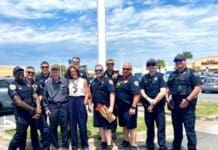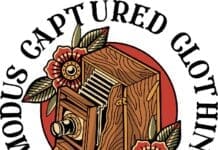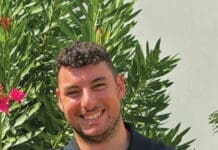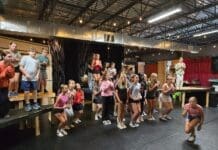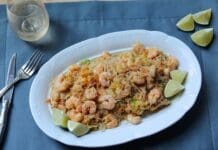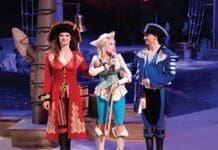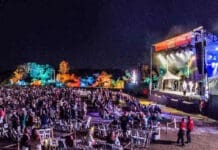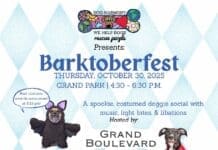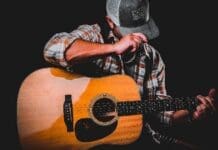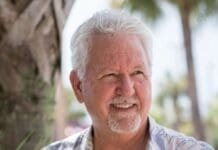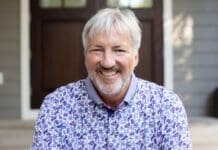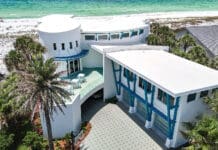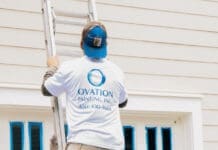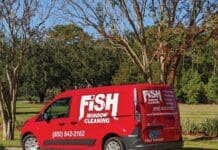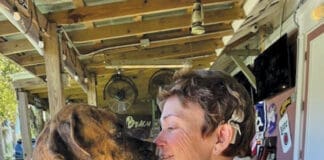By Helen Petre
Ever wonder which birds you are seeing on the beaches? Walton County has quite a few shorebirds. Read this article and you will be able to call them by their names, instead of saying “seagull” and “sandpiper.”
Snowy plover (Charadrius nivosus)
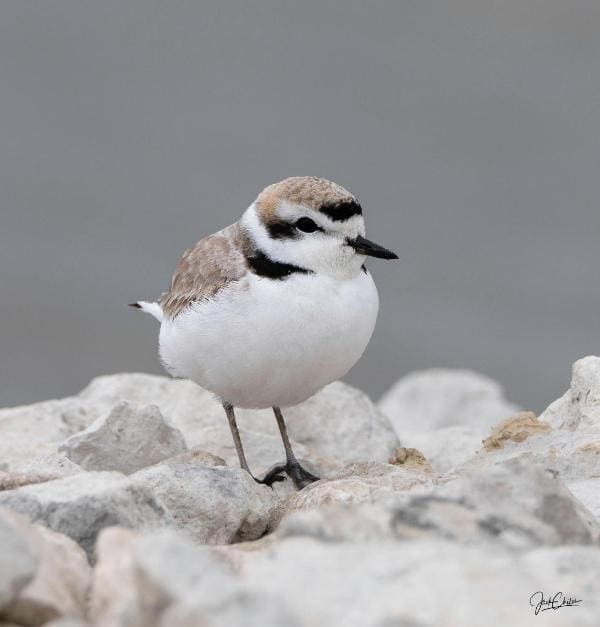
Jack Chiles. Hagerman National Wildlife Refuge. Sherman, Texas. 2025.
Snowy plovers are small, native shorebirds with white bellies and black foreheads. They feed along the shoreline and make solitary, ground nests in our dunes from February to August. Females lay three eggs in the sand, and they are so well camouflaged that you may step on them without even seeing them.
Least terns (Sternula antillarum)
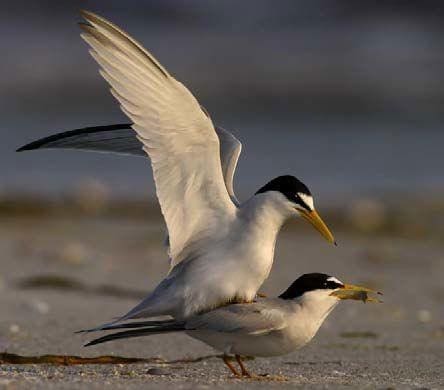
Least terns mating. Florida Fish and Wildlife. 2025. https://myfwc.com/wildlifehabitats/profiles/birds/shorebirdsseabirds/least-tern/.
Those birds you call seagulls are probably least terns. They have yellow beaks, black heads and forked tails, and fly along the shore, diving for fish. Least terns nest in a group for protection. The male gives the female a fish, and the female allows the male to mate. The young hatch in June.
Snowy plovers and least terns are the reason you see signs and fences on the beach requesting that you stay off the dunes. Besides protecting the dune structure and vegetation, the breeding and survival of shorebirds depends on protection from predators.
Brown pelican (Pelecanus occidentalis)
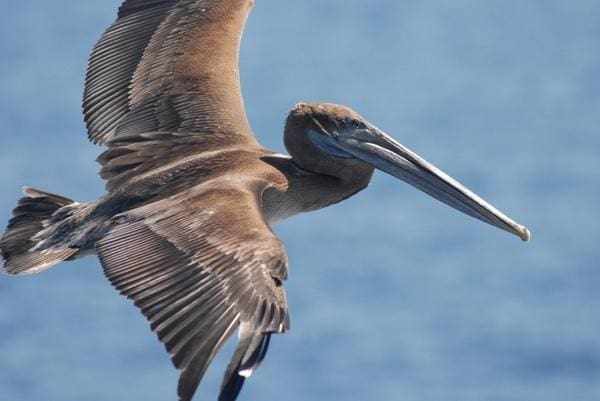
Brown pelicans fly in a line along the surf looking for fish, and plunge dive into the waves to scoop them up. They live year-round here on the Gulf and eat four pounds of fish and shrimp per day. Brown pelicans make nests of sticks and regurgitate food to feed their helpless young. They live for 20 years.
Ruddy turnstone (Arenaria interpres)
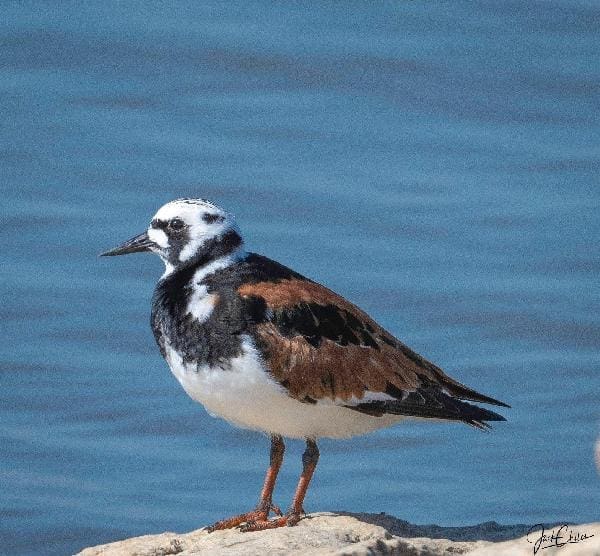
Ruddy turnstones are common on our beaches in spring and fall. Sometimes they stay all year, as first-year nonbreeding birds stay all summer. Their name originates from their habit of turning over stones to look for tasty invertebrates along the shore. Here in Florida, they turn over seaweed to find food. Ruddy turnstones live nine years. They nest in Alaska but return to the same beach every year. Since they have far to travel, they fly fast, around 40 mph, and travel about 600 miles a day.
Sanderlings (Calidris alba)
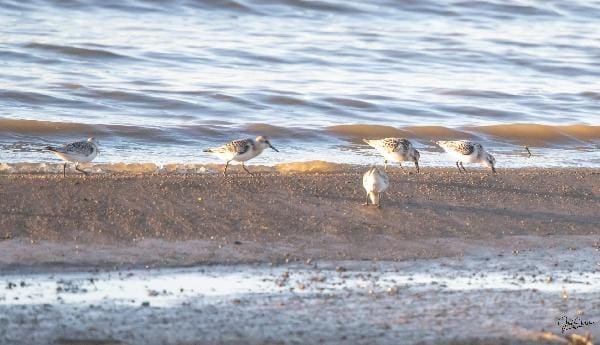
Sanderlings are the most common shorebirds in Walton County in spring, fall, and winter. They breed in the Arctic with ruddy turnstones and return to our beaches, feeding in flocks in the intertidal zone, probing the sand for mole crabs and other invertebrates, and running back and forth as though chasing the waves.
Now that you know their names, make these birds your friends and protect them for future generations. Enjoy our beaches!
Helen Petre is a retired USDA biologist and college biology professor. She spends her time volunteering, teaching, and writing science articles to share her interests with future generations.

